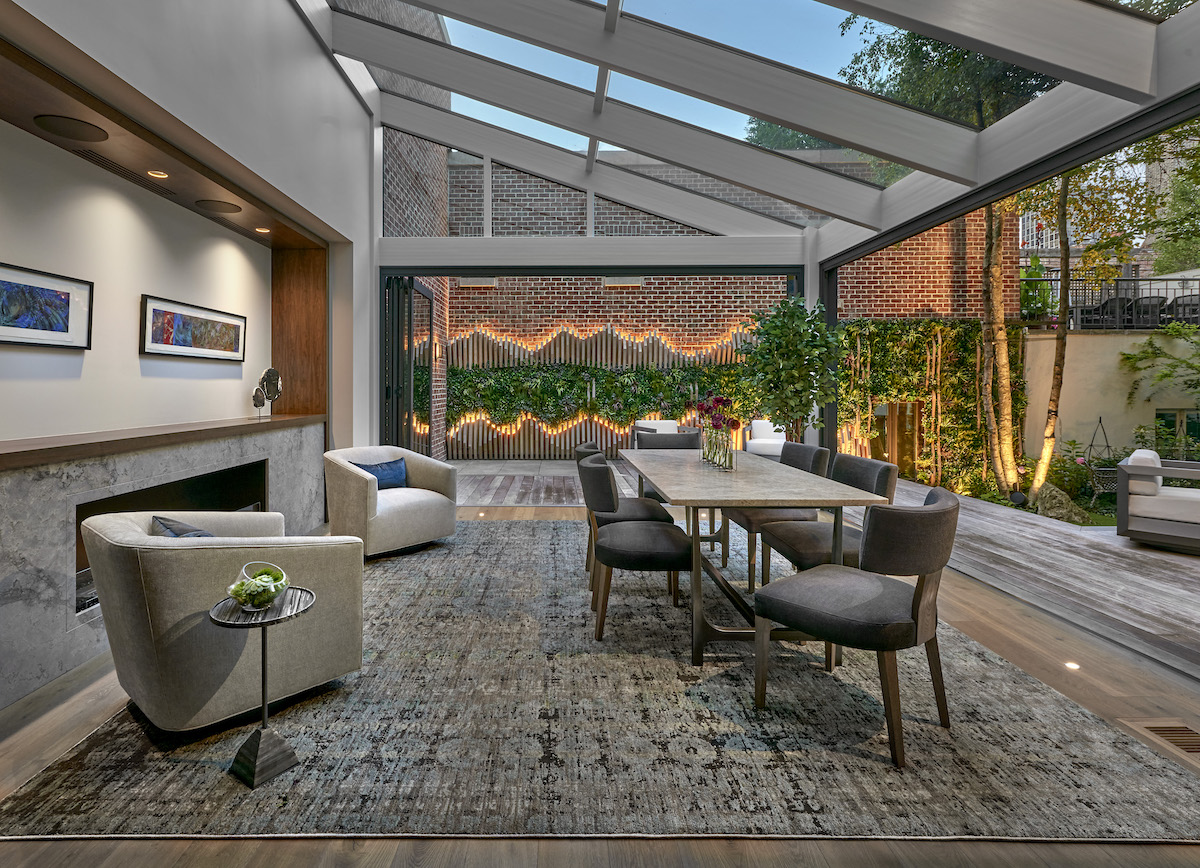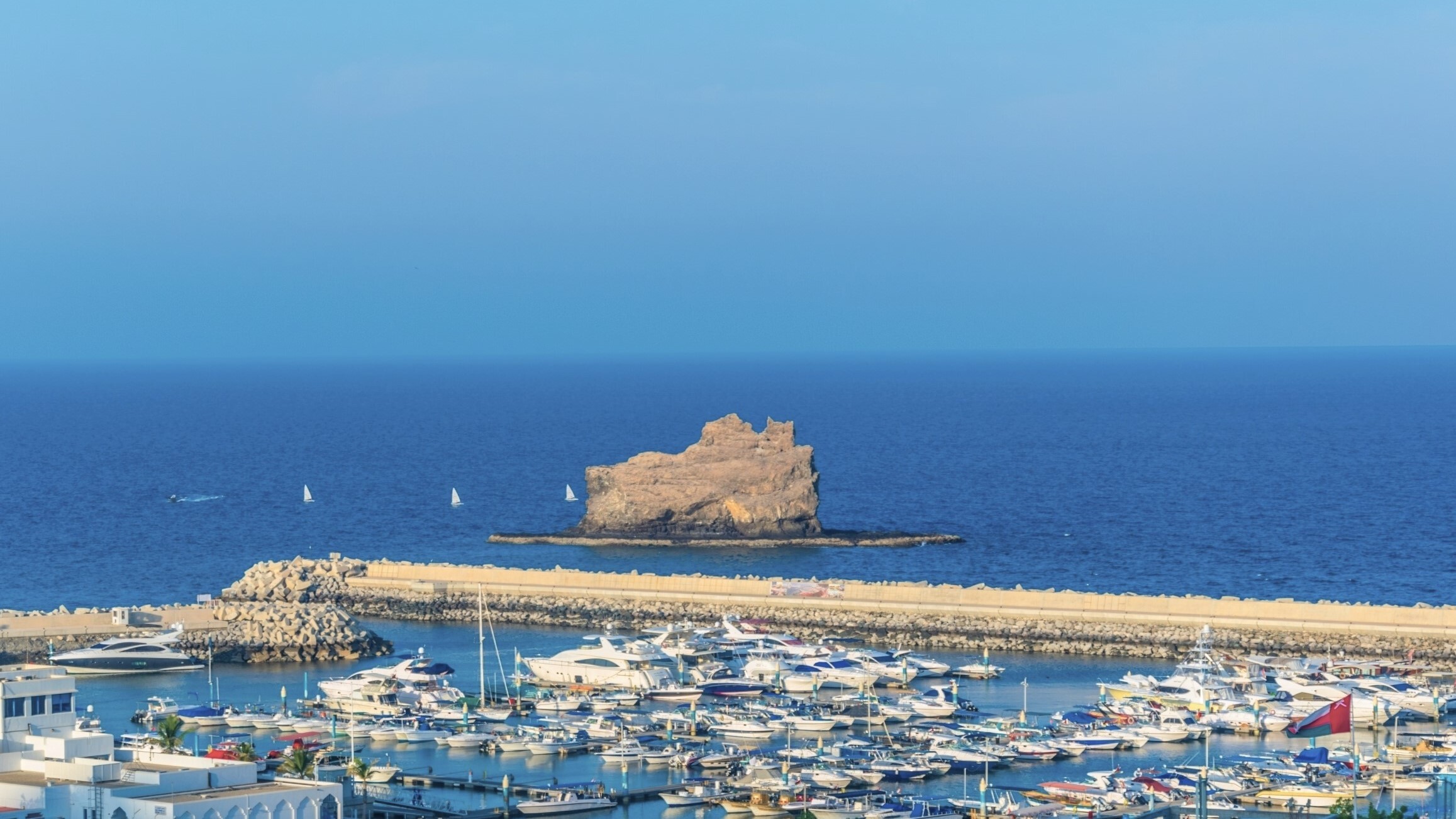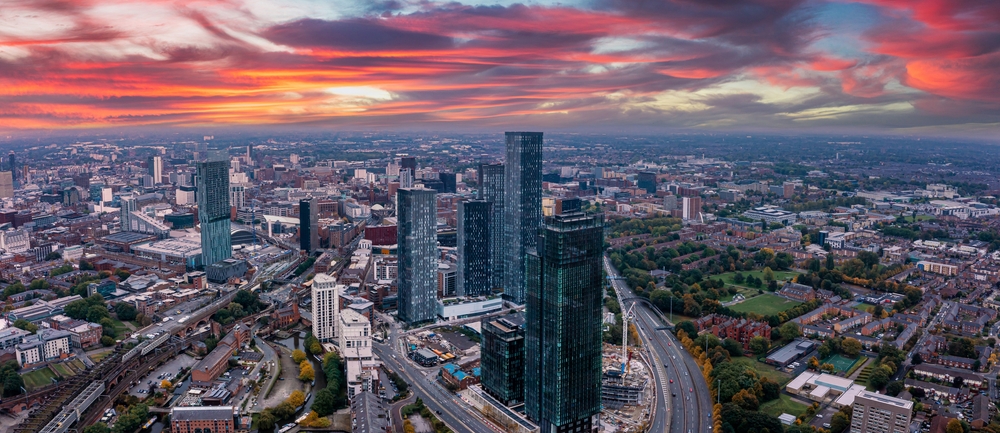Transportation hubs often have the ability to transform into more than just a point of departure or arrival. Featuring some of the world's greatest architecture and design, many are must-see attractions in their own right.
Here's a look at three exceptional transportation hubs around the world, from New York City and Budapest, to Changi, Singapore.
#1: Fulton Center
Led by Arup—a global group of designers and engineers—New York City's newly-opened Fulton Center transit project is comprised of an outstanding hyperboloid domed atrium of glass and steel, whose centerpiece is a dramatic cable net with reflective panels designed to bounce natural light down to the lowest level of the atrium.

More than 275,000 passengers pass through the downtown Manhattan transit center—which cost $888 million to build—on weekdays, where nine subway lines currently intersect. The new hub—12 years in the making—was initially proposed to improve passenger and train flow and to boost the economic vitality of lower Manhattan, by way of a new 350-foot underground concourse linking the existing Fulton Street station to lines serving World Trade Center.
Soon there will also be improved street-level access to the subway, including new entrances in the historic 19th Century Corbin building, which is presently being restored.
#2: Budapest Metro Station
Local studio Spora Architects recently completed two stunning new stations in Budapest, having sought to create an underground public world that is detached from the rest of the city’s historic atmosphere.
This other-worldliness of these twin stations is achieved through the usage of complex criss-crossing levels of reinforced concrete beams, their forms left completely exposed.
The stations are among ten that will be added to the city's new M4 metro line, which connects its South-Buda district with the center of Pest on the opposite side of the Danube river.
"The most challenging aim for us was to rationalize the structures, architecture, technology and space as originally planned, while at the same time re-thinking the project according to the 21st century's spirit," explained the architects.
#3: Jewel Changi Airport
Work has commenced on Boston-based Safdie Architects' Jewel Changi Airport, which Moshe Safdie is certain will "reinvent what airports are all about."
The 1.4 million-square-foot square addition to Singapore's main airport will feature an indoor living forest and the world's largest indoor waterfall—the Rain Vortex—as its centerpiece.

Jewel Changi Airport will combine retail, leisure, and entertainment facilities with gardens to create a lifestyle complex that will be a Singaporean destination in and of itself. It is also meant to help increase the airport’s passenger handling capacity to 24 million passengers a year.
Other features will include walking trails, playgrounds, conservatories, dining outlets, and retail options that include high-end luxury brand names and home-grown brands.

Photos and details courtesy of Arup, Dezeen, and Safdie Architects











